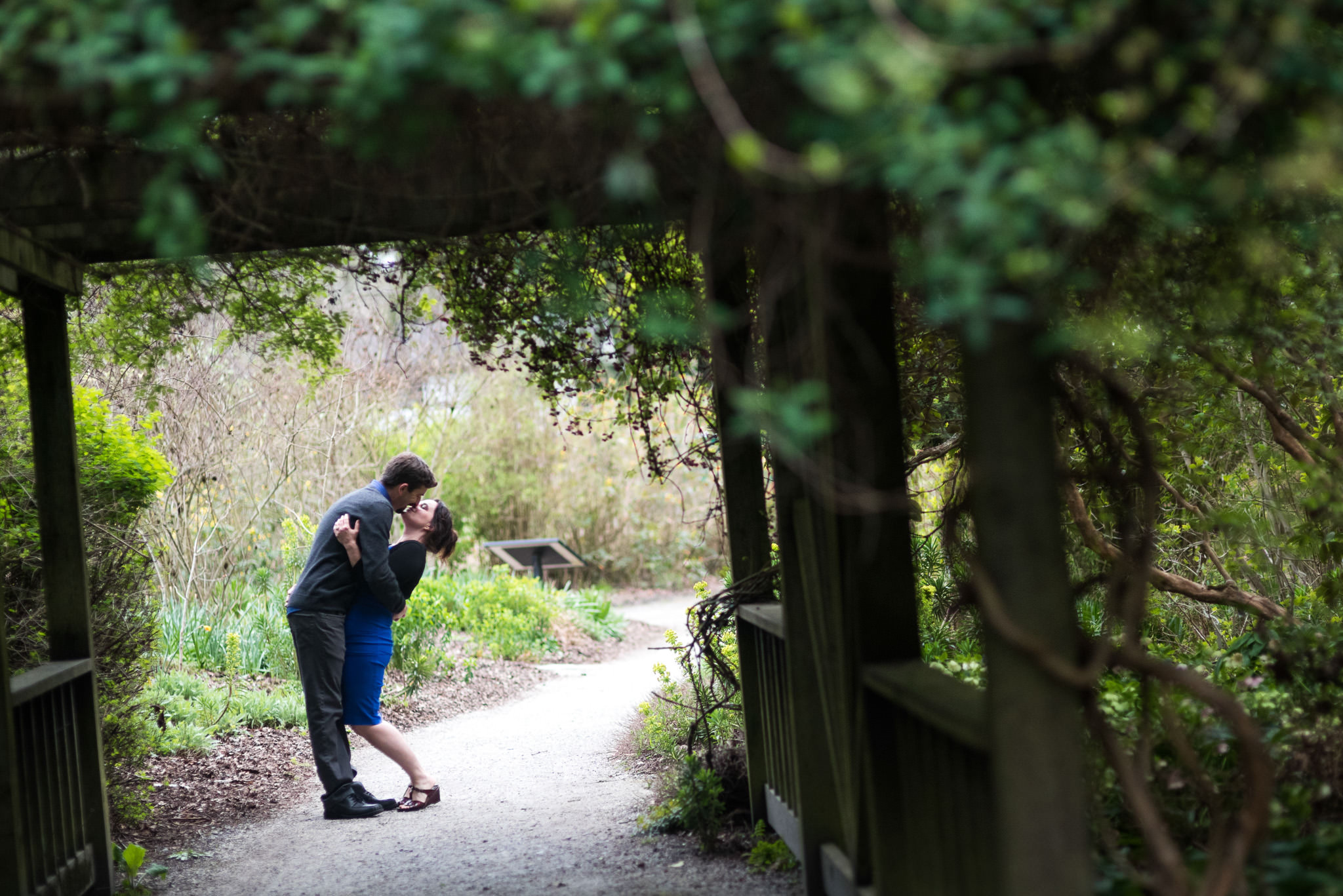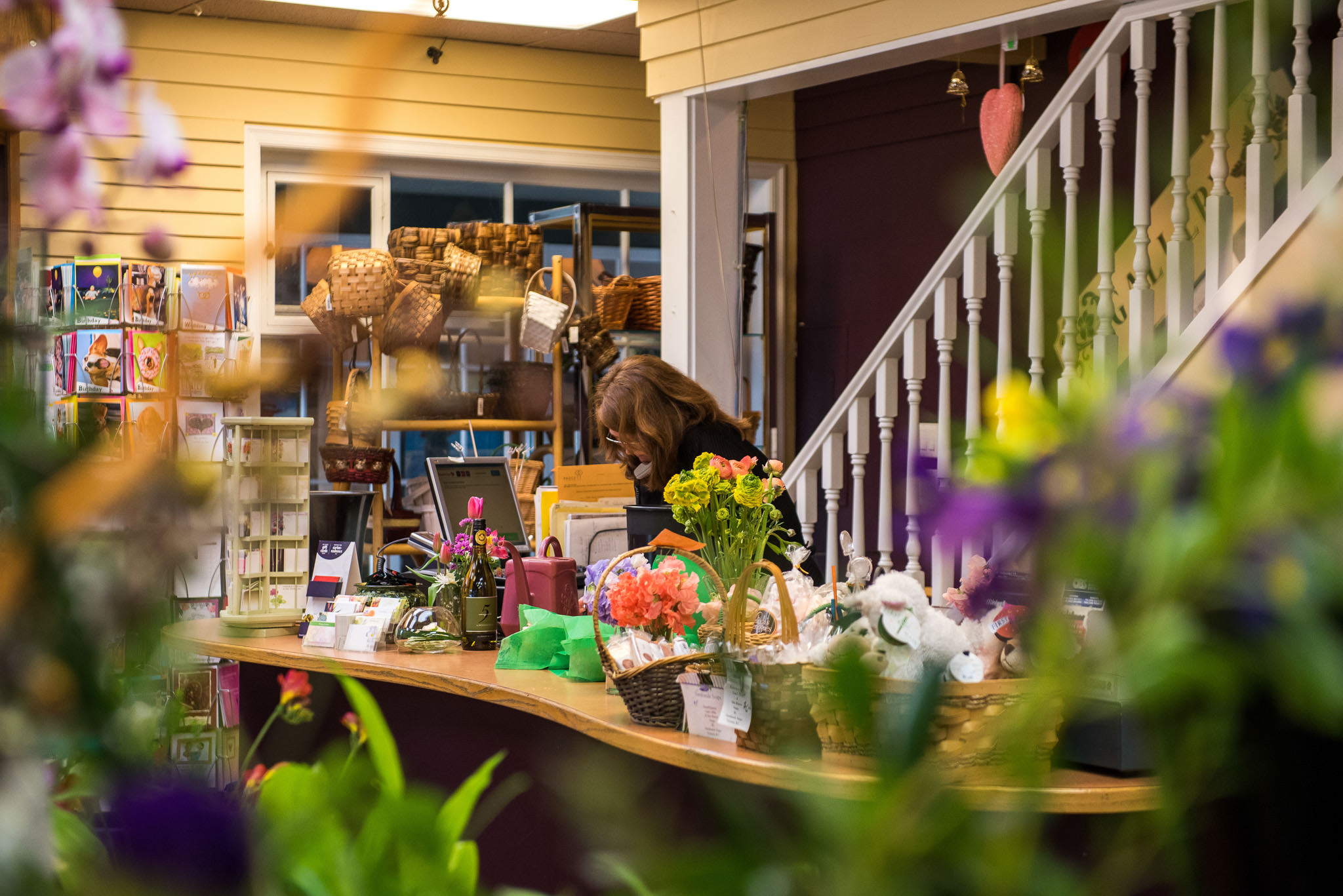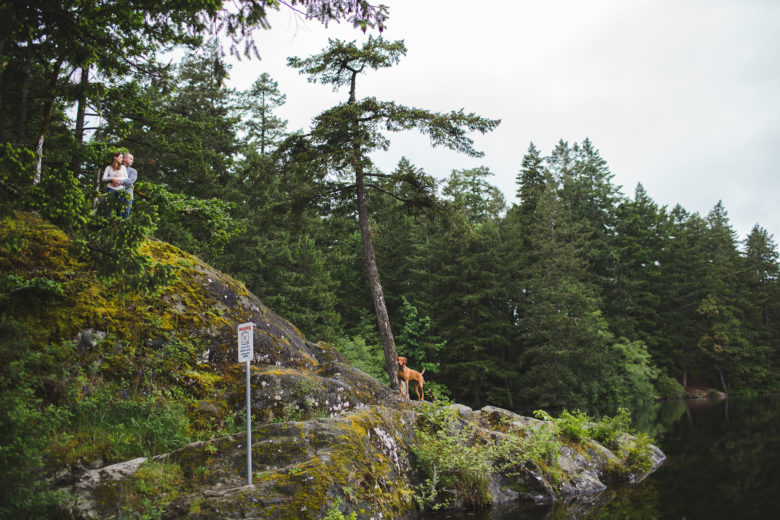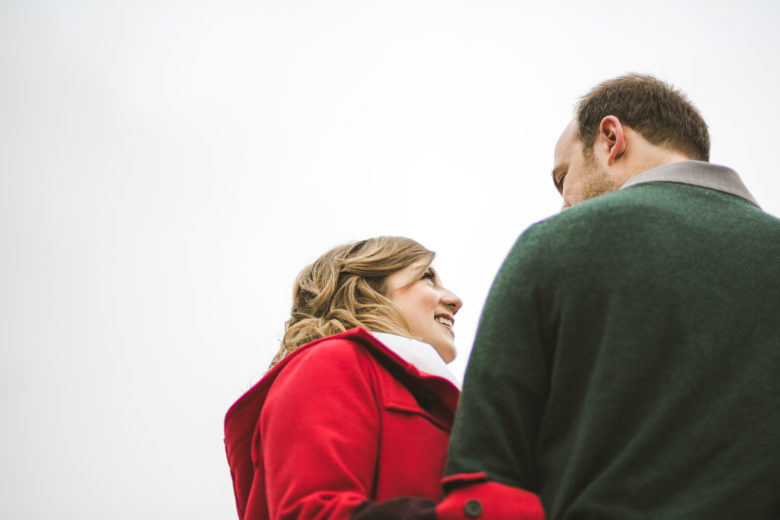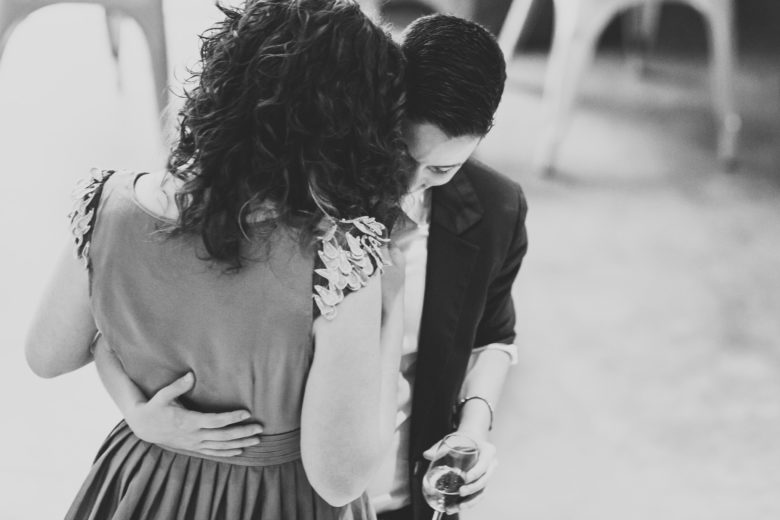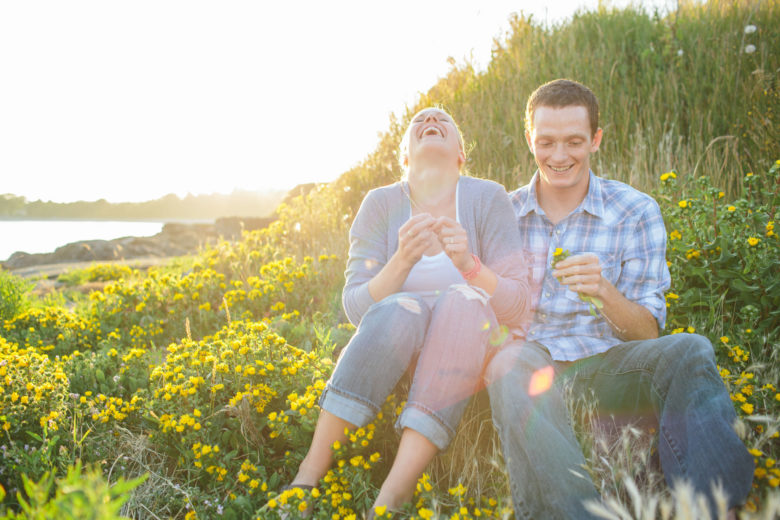We talked about photographing from a high angle and a low angle, so this week is about photographing at the subject level, meaning getting on the same level as your subject.






There’s not much to this theme, so I’m just going to make a list of times when photographing from subject level can be useful.
- When photographing children or animals. People are so used to seeing children and animals, especially pets, from above, so it can be different to see them on their own level. It also brings you more into their world, getting closer to their point of view.
- When you want yourself to be less noticeable. By that, I mean you’re getting more into the scene and more intimate with your subjects. When you use an obvious angle like the high or low angle, the photo can become more about the photographer and their point of view. Subject level is more about the subject’s point of view and can draw the viewer into the moment and emotion.
- When you want parallel lines to appear parallel, like on a building or a block wall, for example. If you shoot at an angle, perspective causes lines to converge towards one another. If you take the photo straight on, at subject level, the lines will appear more parallel and perpendicular.
- One little tip: if you have a tiltable LCD on your camera, use it with live view to get a lower angle without having to sit or lay on the ground.
If you have any questions, join us in the Facebook group. I’ll be checking in there daily to see your work and help you achieve the best results.
If you’re just finding this now, you can check out the full list and more information on the challenge here. You can follow me on Instagram at @documentyourdaytoday and use the hashtag #dtd52weeks so others doing the challenge can see your work.















